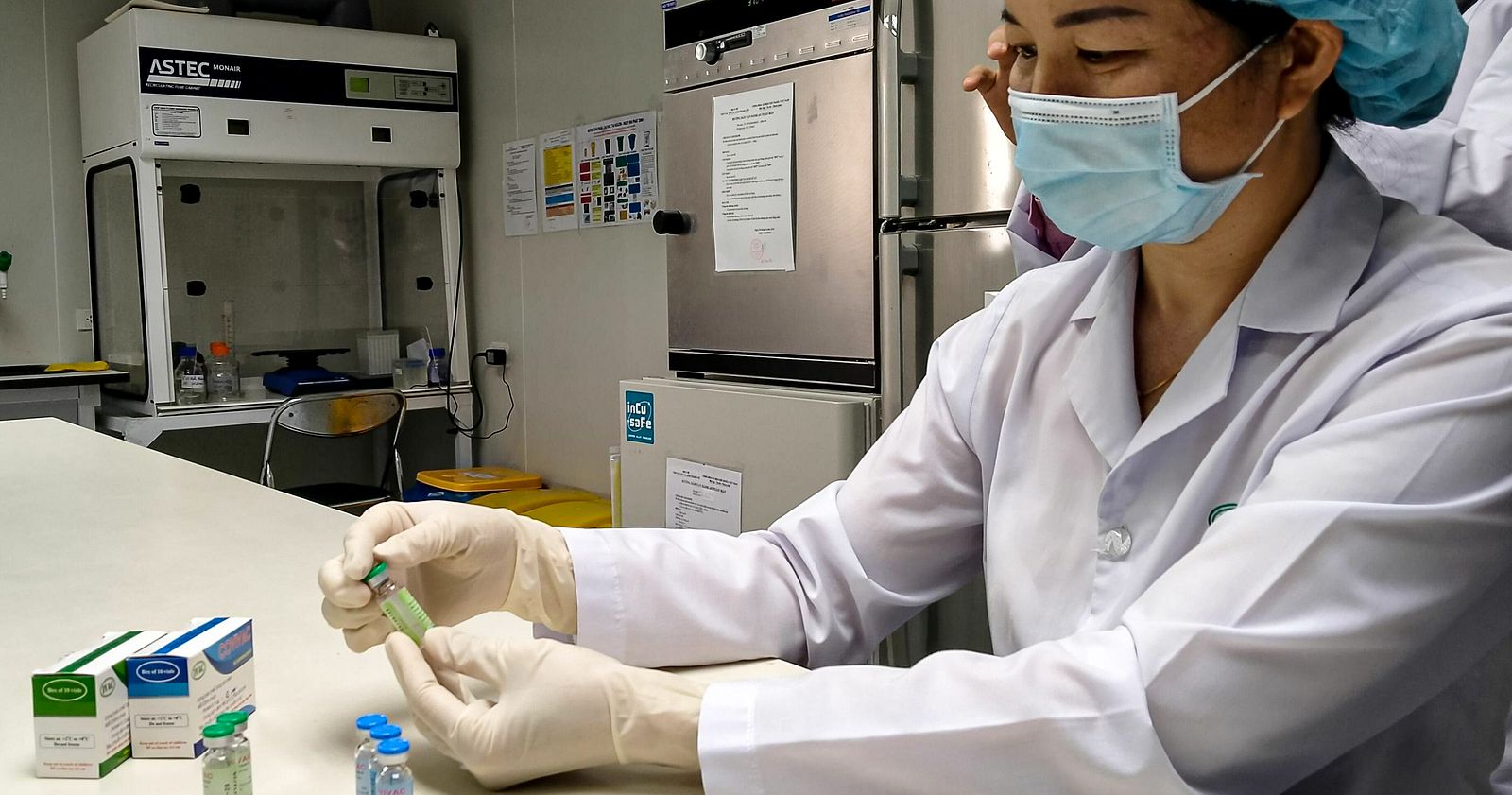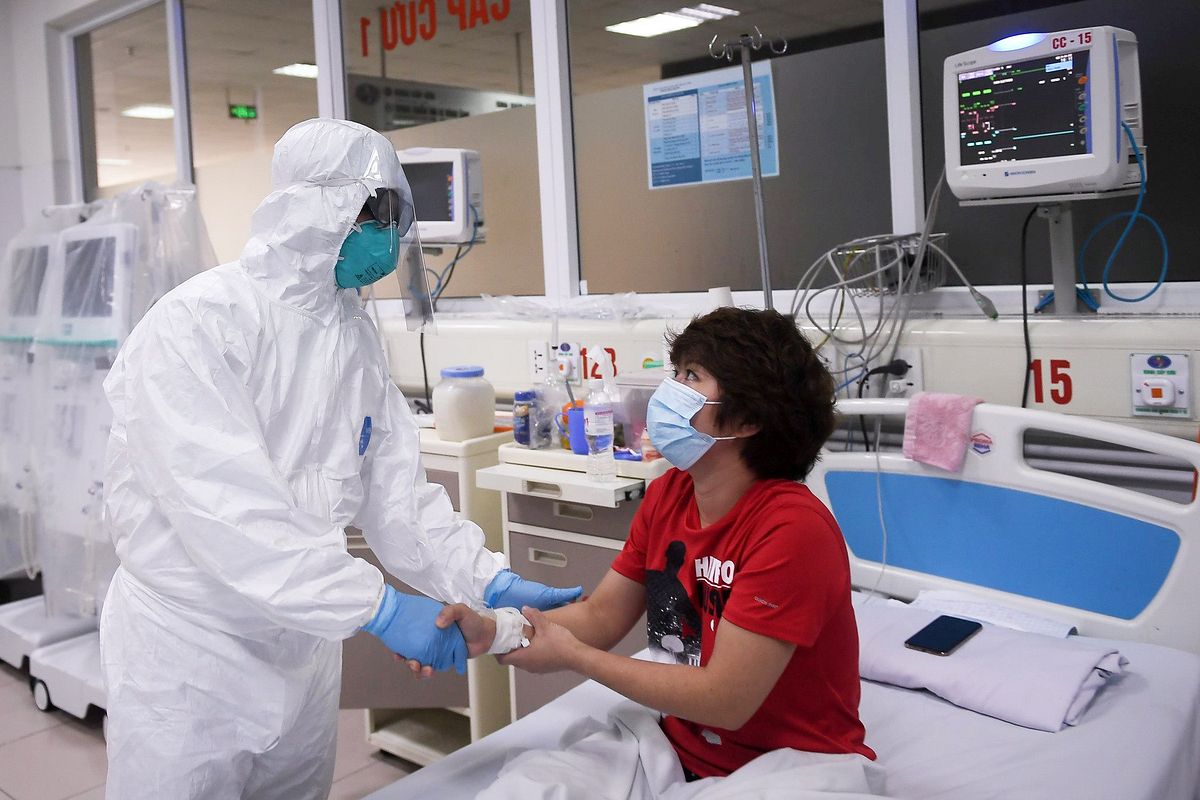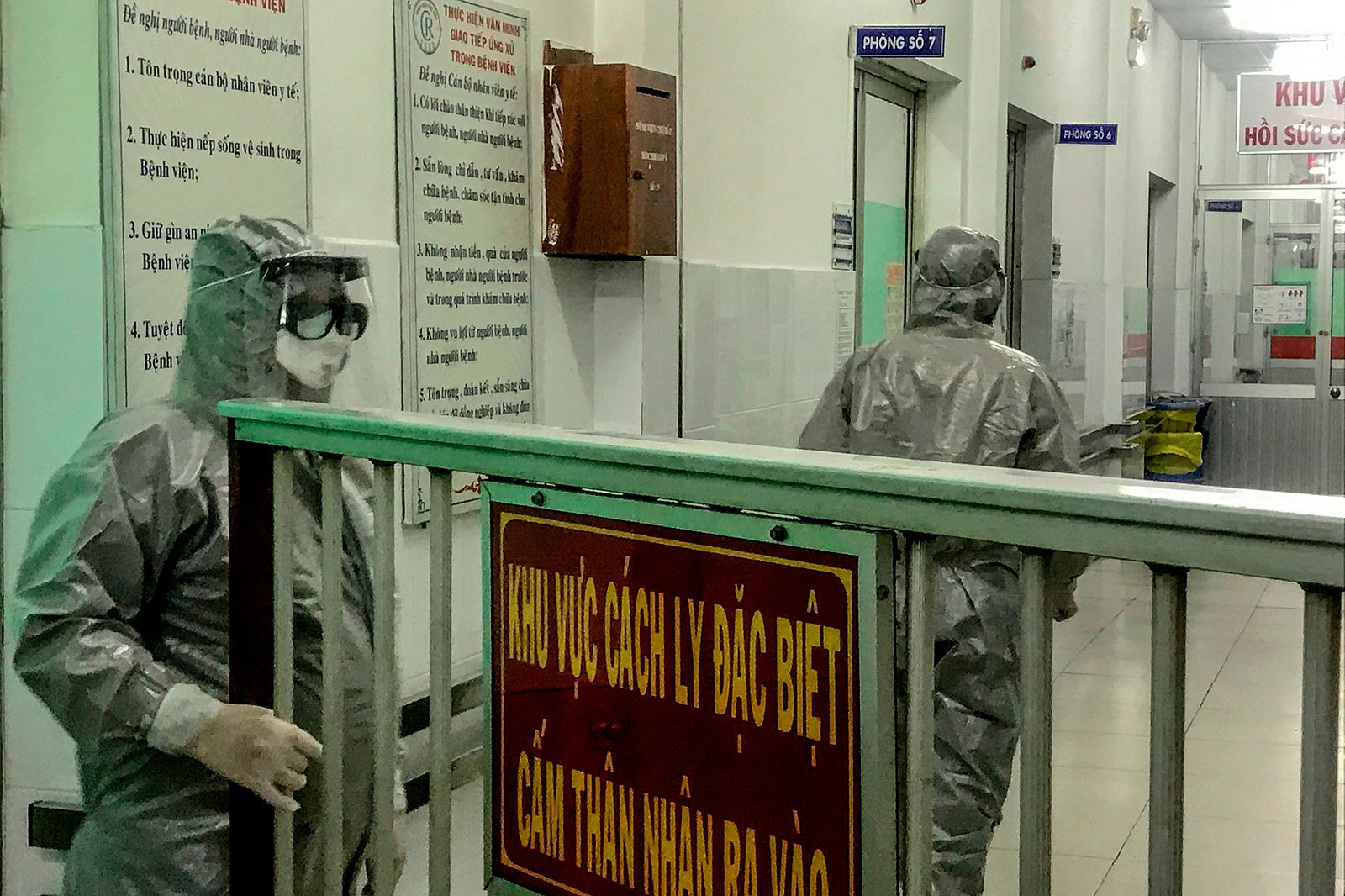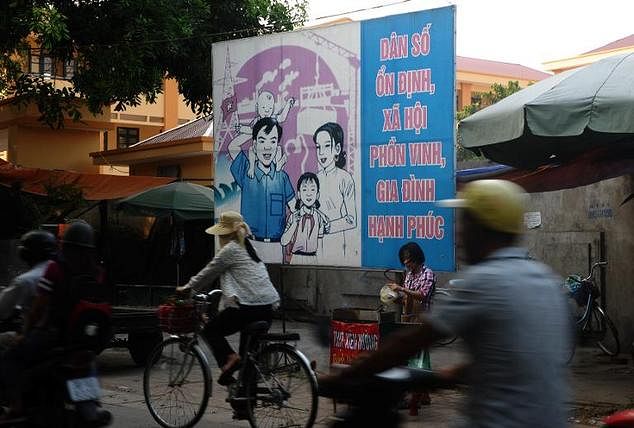A recent report found that the Saigon River, the city’s most important waterway, is severely contaminated and urgent steps must be taken to save it. Given the almost daily stories of untreated human waste and chemicals from factories pouring into the river, this probably doesn’t come as a surprise to many.
The report, compiled by the Institute of Environment and Natural Resources under the Vietnam National University, found that the river’s waters failed to meet national quality standards.
Results of the tests revealed that domestic wastewater was the biggest culprit for pollution with 62.2% of total sewage flowing into the river. Compounding the problem were the 50 industrial parks and clusters along the river which added 100,000 cubic meters of wastewater daily. Even though many factories have treatment systems, they are not always in operation, causing untreated waste to flow into the river.

Saigon’s single treatment plant is only capable of handling 140,000 of the more than 1.2 million cubic meters of untreated sewage that is dumped into the river each day.
Stretching for 256 kilometers, the river is a tributary of the Dong Nai, which provides water for about 20 million people.
Government departments and universities have identified upgrades of wastewater treatment plants, improved monitoring, improved use of water discharge to flush out polluted waters and factory relocations as necessary steps to addressing the river’s degradation.
Though city authorities are increasingly focusing on development along the river, their first priority should be maintaining the river’s health and biodiversity. Sadly, this is yet another case of the environment losing out to unchecked economic development.
[The Diplomat // Photos via Peter Nguyen and Ken Doerr]














